At various times of year, webworms, tent caterpillars and bagworms may make an appearance. Bagworms tend to create the greatest harm to the evergreens they invade. Tent caterpillars and webworms are unsightly, but in most cases, trees will continue to thrive. Many people choose to treat tree worm problems with natural remedies knowing that pesticides can harm the environment. The use of specific biological controls such as Bacillus thuringiensis (Bt) is effective; however, it also kills all other caterpillars in the vicinity. Additionally, Bt only works when applied at the right time – when the worms are small.
Using a home remedy or natural control is not always successful, but many experts recommend starting with the mildest and safest method of attack. Save the chemicals and sprays as a last resort.
Natural Controls and Home Remedies for Bagworm Control
Bagworms are serious pests and difficult to eradicate. Their cone-like “bag” is difficult to penetrate. Handpicking, when possible, is a highly recommended method of removal. In the earliest stages, bagworms are almost undetectable. The down side is that when they’re large enough to see, extensive damage may already be done. Adult females also remain in a bag on the tree.
A thorough picking includes:
-Severing the bag from the branch. Be sure to cut the silk thread at the top of the bag or it will constrict new growth.
-Smash the bagworms individually and dispose.
-As an alternative, drop the bagworms in a pail of soapy water.
Tent Caterpillar and Webworm Controls
Both tent caterpillars and webworms can potentially cause tree damage. If a tree is already suffering from draught or is young, it may not recover normally. Differences lie in how these caterpillars nest and feed. Tent caterpillars, or worms, typically create tough silky nests at branch and trunk junctions. They leave the nest to feed on outer leaves. Webworms build nests around the leaves themselves and remain inside the cocoon while feeding. Once a branch is defoliated, they move to another and build a new home.
With both worm species, try removing the nest by hand. You can use a long pole with nails attached at perpendicular angles. Poke a hole through the nest and turn the pole. Like cotton candy, the nest and worms will wrap around the pole. You can then scrape off the nest on a hard surface and mash the worms. In the past, some attempted to burn the nests while still in the trees. This is a dangerous practice and experts heartily recommend against it. If you live in an area where burning is allowed, you might safely torch the nests on the ground.
Some people also have success with a dish soap spray. Add two tablespoons of any mild dishwashing liquid to one gallon of water. Use a heavy-duty sprayer and break open the worm nest to apply the liquid inside. Surface applications will not work. Outer branches with webworm nests can be cut away and disposed of. Remove tent caterpillar nests on cloudy days or at dawn or dusk when the worms are not out on branches feeding.
If you can reach higher nests with a pole, try simply breaking it open. Birds will prey on the worms. You may also wish to introduce parasitic wasps or tachinid flies to your landscape. These may not, unfortunately, be able to control the tree worm population.
All About Worms is always free, always reader-supported. Your tips via CashApp, Venmo, or Paypal are appreciated! Receipts will come from ISIPP Publishing.



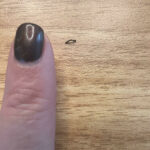
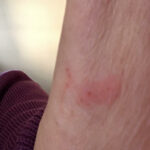
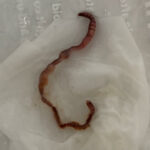
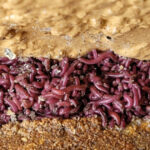
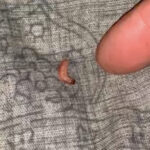
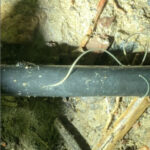
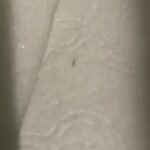
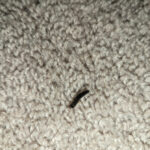
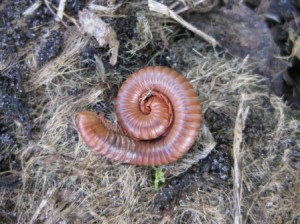

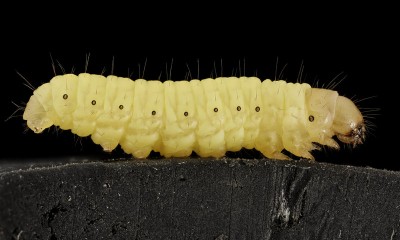



The webworms come from my neighbors to my 7′ pecans. Usually just leave them, but they are now eating my cucumber leaves and squash leavers and I fear killing the plants. I want to thank you for the help and I will use a soap solution to try to rid them. Hate chemicals. Thanks again